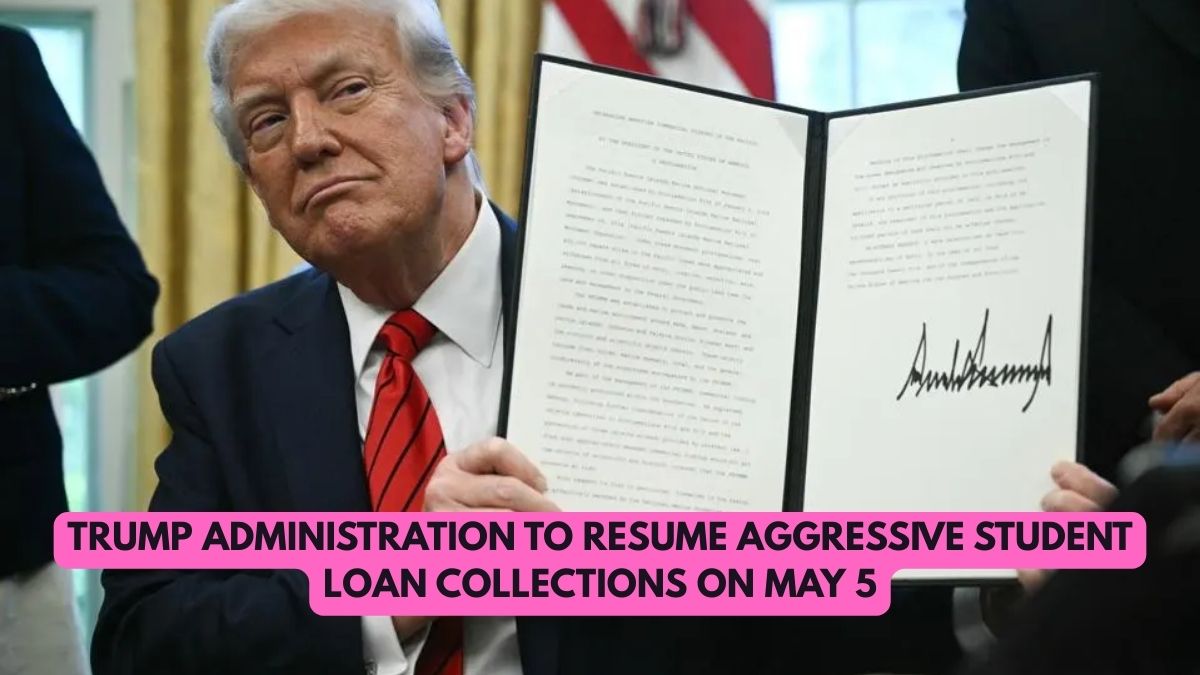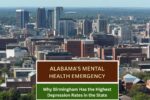WASHINGTON, D.C. — On May 5, 2025, the Trump administration will officially resume full-scale collections on defaulted federal student loans, ending a pandemic-era pause that had protected borrowers from garnishment, wage offsets, and tax refund seizures.
The move is expected to impact millions of Americans, including senior citizens who may face garnishment of their Social Security benefits—an action that has drawn significant backlash from consumer advocates and lawmakers alike.
What’s Changing?
After a five-year moratorium on aggressive debt collection due to COVID-19, the U.S. Department of Education will resume activities under the Treasury Offset Program (TOP). This program enables the federal government to withhold:
- Tax refunds
- Up to 15% of Social Security benefits
- Up to 15% of federal employee wages
The restart of these garnishments comes in tandem with the Department’s broader efforts to reimpose accountability on borrowers who have defaulted. 3

In addition, the Education Department will begin wage garnishments later in the summer. Borrowers will receive at least 30 days’ notice before any paycheck deductions begin. This step is part of a structured return to pre-pandemic enforcement practices.
“This is about restoring fiscal discipline and ensuring borrowers understand that repayment responsibilities cannot be avoided forever,” said Education Secretary Linda McMahon.
Seniors in the Crosshairs
Perhaps the most alarming component of the crackdown is its impact on seniors, particularly those on fixed incomes. Critics argue that seizing up to 15% of monthly Social Security checks could be devastating for older Americans already struggling with rising living costs.
According to data from the Government Accountability Office, approximately 114,000 seniors had portions of their Social Security benefits garnished for student loans prior to the pandemic pause.
“These are Americans who have paid into the system their entire lives. To now claw back a part of their retirement income is just cruel,” said a spokesperson from the Student Borrower Protection Center.
Complicating Matters: Removal of Repayment Tools
To further complicate the situation, the administration recently removed key repayment applications from the Department of Education’s website. This includes tools to apply for:
- Income-Driven Repayment (IDR) plans
- Loan consolidation
- Hardship-based deferments
This step follows a court ruling that temporarily blocked President Biden’s SAVE repayment plan, leaving millions without access to affordable repayment pathways. Critics say the removal of these options creates unnecessary roadblocks for borrowers trying to get back on track.
You can check your loan status and options at the Federal Student Aid website.
How Borrowers Can Prepare
Borrowers are not without recourse. The Department of Education has committed to contacting those in default to explain options for avoiding or ending garnishment.
Steps borrowers should take:
- Contact the Default Resolution Group at 1-800-621-3115 or visit myeddebt.ed.gov to explore resolution options.
- Enroll in loan rehabilitation, which requires making 9 on-time payments over 10 months.
- Consider consolidation, which can bring loans out of default and into active repayment.
- Stay informed via email updates and mail from the Education Department.
Borrowers who take action early may be able to avoid wage garnishment and offsetting of tax refunds or benefits

A Divided Reaction
While supporters of the policy say it promotes fiscal responsibility and integrity within the federal lending system, opponents describe it as “tone-deaf” and “punitive” during a time when many families are still recovering financially.
“Resuming collection without offering clear and accessible repayment tools is like pulling the safety net while people are still climbing back,” said a policy analyst from the Brookings Institution.
Advocacy groups are urging the administration to delay the collection restart or reinstate borrower-friendly application tools.
Conclusion
May 5 will mark a significant policy shift in the federal government’s approach to student loan collections. For borrowers—especially seniors and low-income individuals—being proactive is key. With tools limited and penalties reinstated, understanding your options is more important than ever.
Helpful Resources:
- Federal Student Aid Website
- Treasury Offset Program (TOP)
- Default Resolution Group
This article has been carefully fact-checked by our editorial team to ensure accuracy and eliminate any misleading information. We are committed to maintaining the highest standards of integrity in our content.

Deepak Grover is a dedicated content writer at OTE News, specializing in government affairs, public policy, and current events. With a keen eye for detail and a passion for factual reporting, he ensures readers receive accurate and insightful news. Deepak holds a degree in Political Science and has experience in research-driven journalism.
When not writing, he enjoys reading historical books, exploring hiking trails, and staying updated with global political trends. His commitment to ethical journalism makes him a trusted voice at OTE News.




